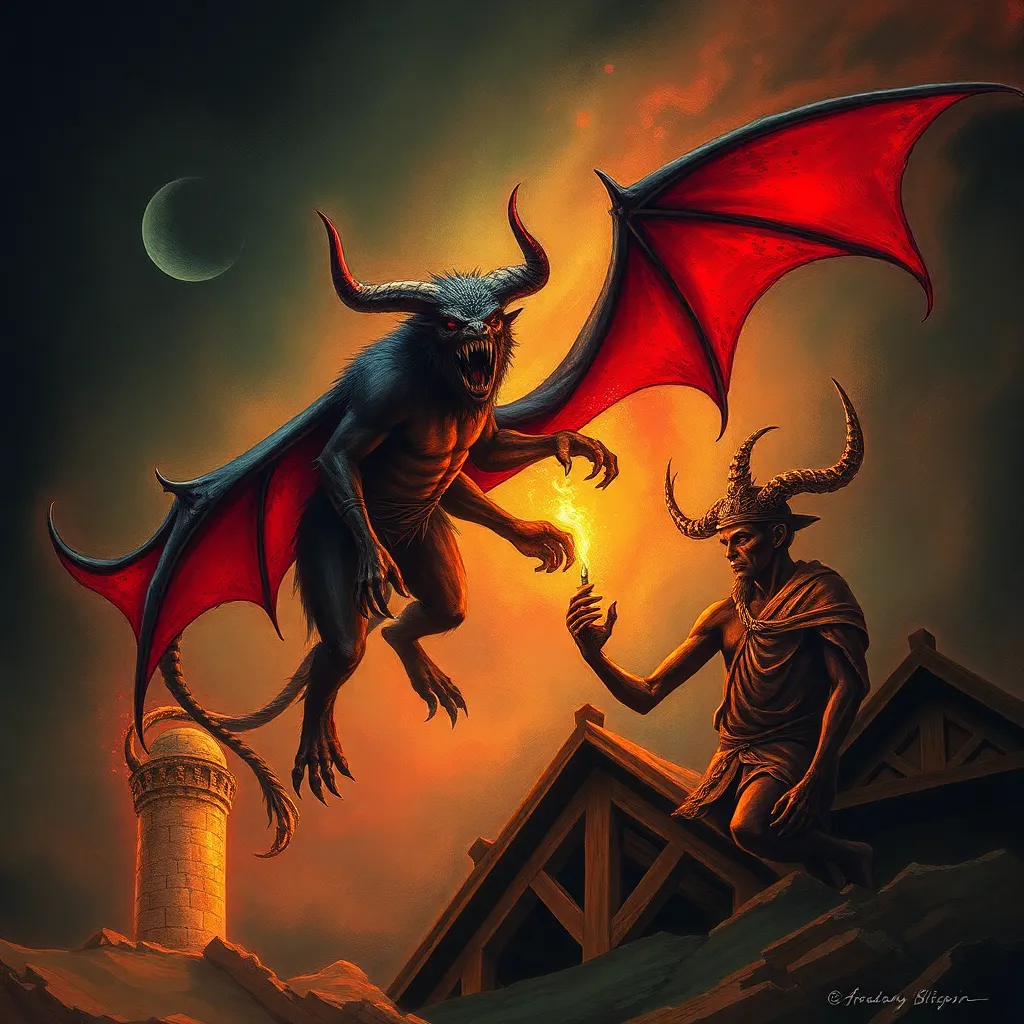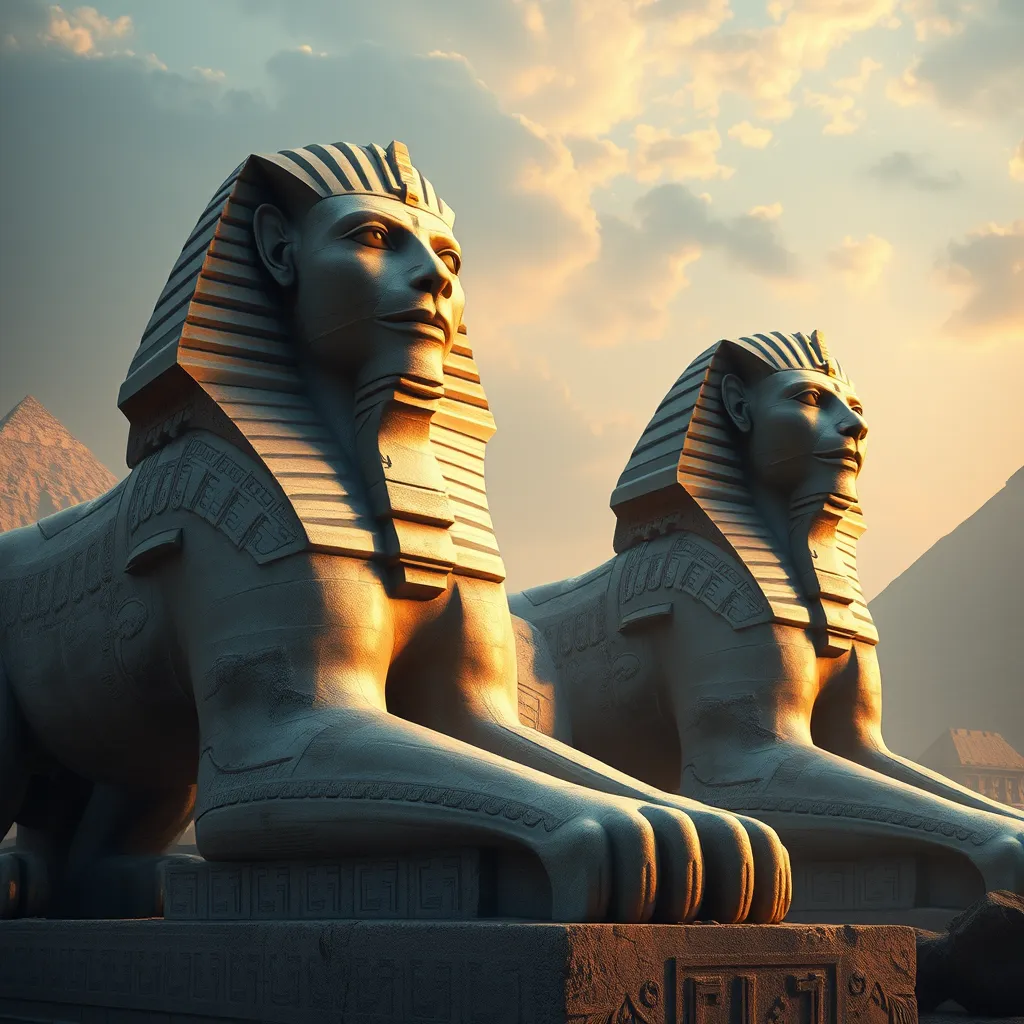The Chupacabra and the Devil: Exploring the Myth’s Demonic Associations
Introduction
The Chupacabra, a creature originating from Latin American folklore, has captivated imaginations since its first reported sighting in the 1990s. Described as a blood-sucking animal, the Chupacabra has become a symbol of fear and the unknown, much like many demons in folklore across the world. This article aims to explore the connections between the Chupacabra and devilish imagery, delving into its origins, characteristics, and its place within cultural narratives of fear.
The Origins of the Chupacabra Myth
The Chupacabra myth first emerged in Puerto Rico in the mid-1990s, with reports of livestock being found drained of blood. This phenomenon quickly spread, capturing the attention of media, researchers, and cryptozoologists alike. The term “Chupacabra” translates to “goat-sucker,” attributed to the creature’s alleged preference for attacking goats.
Cultural influences played a significant role in shaping the myth. Many speculate that the Chupacabra is a product of a mixture of local folklore, fears about genetic experimentation, and the influence of other mythical creatures from various cultures. Notable sightings, such as those in 1995 in Puerto Rico and later in the United States, helped popularize the legend, making it a staple of cryptid lore.
Characteristics of the Chupacabra
The Chupacabra is often described as having a range of appearances, but common traits include:
- Reptilian skin, sometimes described as being green or gray.
- Spines or quills running down its back.
- Large, glowing eyes.
- A pronounced jaw with sharp teeth, suggesting a predatory nature.
Behaviorally, the Chupacabra is depicted as stealthy and elusive, often attacking livestock under the cover of night. Its vampiric characteristics—draining blood from its victims—draw parallels to various mythical creatures such as vampires and demons, adding to its fearsome reputation.
Symbolically, the vampiric traits of the Chupacabra can be seen as an embodiment of humanity’s primal fears regarding death and the unknown. This connection to death ties the creature to broader themes of demonic imagery found in numerous cultures.
The Chupacabra in Popular Culture
Over the years, the Chupacabra has made its way into various forms of media, including films, books, and television shows. Notable examples include:
- The 1996 film “Chupacabra: Dark Seas.”
- Episodes of “The X-Files” featuring the creature.
- Numerous books detailing sightings and explorations of the myth.
The Chupacabra’s representation in media has influenced the horror genre, often portraying it as a terrifying monster lurking in the shadows. Public perception has evolved as well, with some viewing it as a legitimate creature of folklore, while others dismiss it as a mere urban legend.
Demonic Associations in Folklore
Demons have been a part of human mythology for centuries, taking on various forms across cultures. Common characteristics of demons include:
- Manipulation of fear and darkness.
- Symbolizing the unknown and the chaotic.
- Often associated with misfortune or death.
Fear plays a significant role in the concept of demons, as they often embody societal anxieties and moral dilemmas. The Chupacabra fits into this broader context of demonic folklore by representing fears related to livestock predation, genetic mutations, and the unknown dangers lurking in the night.
Psychological Interpretations
The Chupacabra can be viewed as a symbol of societal fears and anxieties. It has become a representation of modern fears, including:
- Fear of the unknown and unexplained phenomena.
- Concerns about genetic experimentation and environmental change.
- Societal anxieties about safety and security.
Urban legends like the Chupacabra often reflect collective psychology, revealing what a community fears most. The intersection of myth and mental health can be seen in how such creatures become scapegoats for the anxieties of the times, allowing people to externalize their fears.
Comparative Analysis: Chupacabra and Traditional Demons
When comparing the Chupacabra to traditional demons, several similarities and differences arise. For instance:
- Both possess a predatory nature, instilling fear in those they encounter.
- The Chupacabra, unlike many demons, is often depicted as a physical entity rather than a spiritual one.
- Both serve as reflections of cultural fears—demons often embody moral failings, while the Chupacabra represents more immediate survival fears.
Understanding these comparisons enhances our comprehension of cultural fears and illustrates how myths evolve to address contemporary anxieties.
Conclusion
In summary, the Chupacabra’s myth offers a fascinating lens through which to explore demonic associations in folklore. Its origins, characteristics, and representations in popular culture reveal much about human psychology and societal fears. As a modern legend, the Chupacabra serves not only as a creature of terror but also as a reflection of the anxieties that define contemporary life. The enduring nature of the Chupacabra legend in society highlights the importance of myths in understanding our collective psyche and the cultural narratives that shape our fears.




